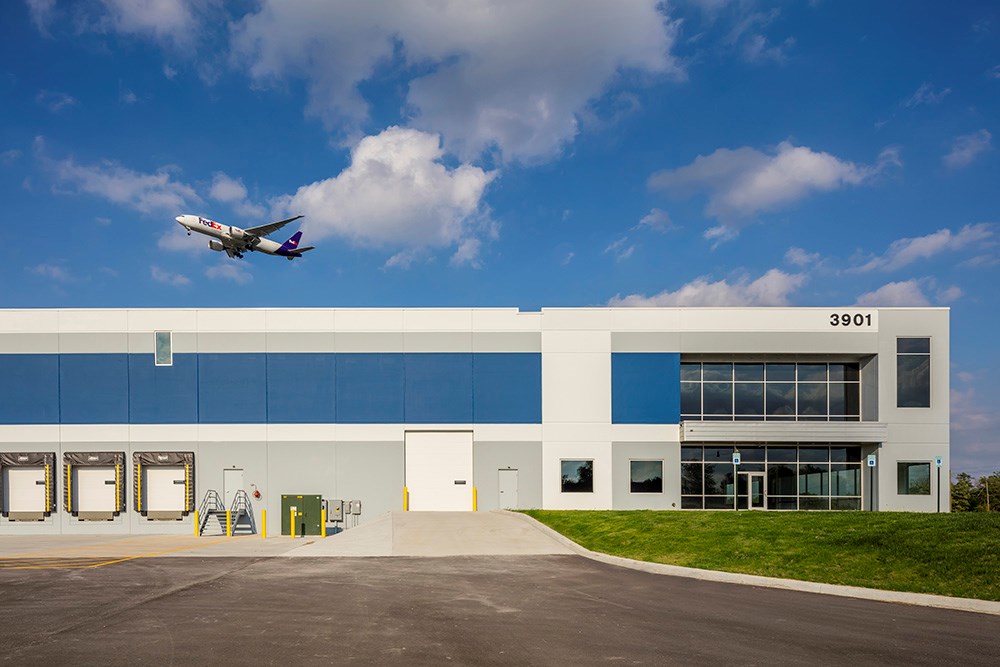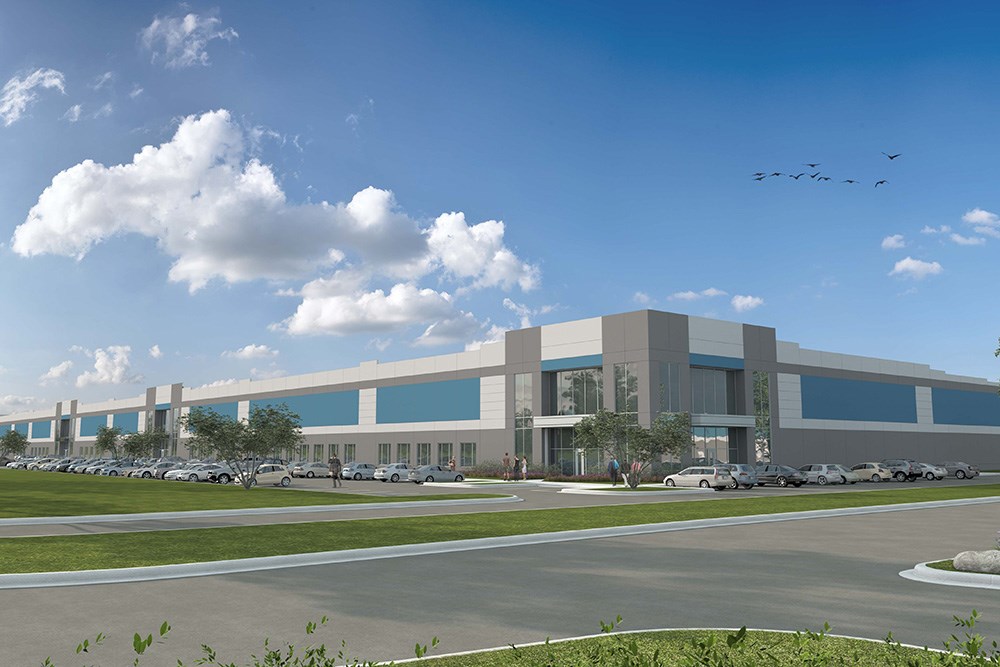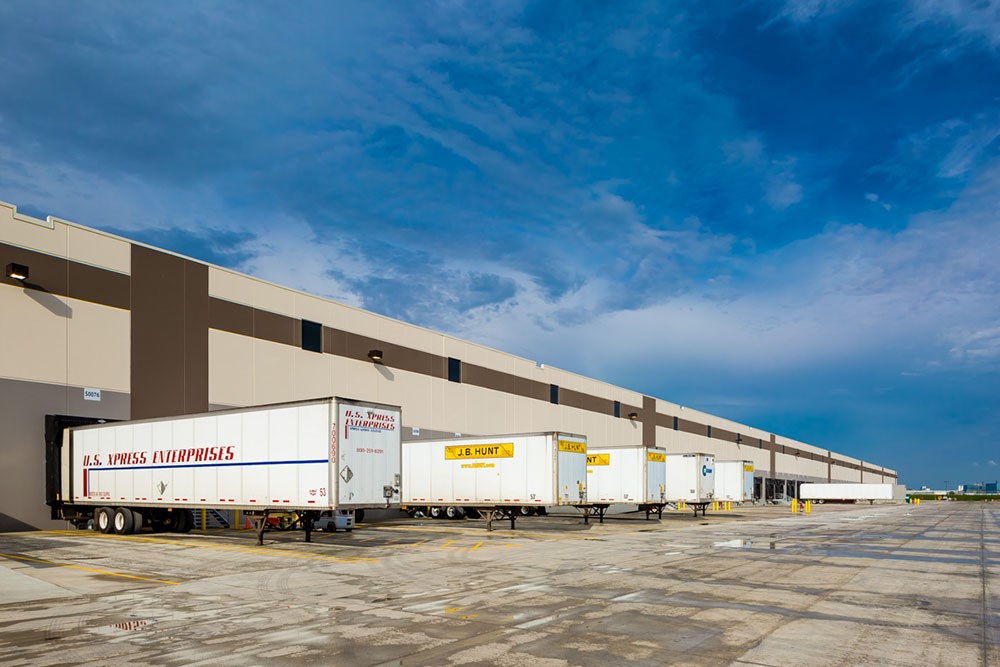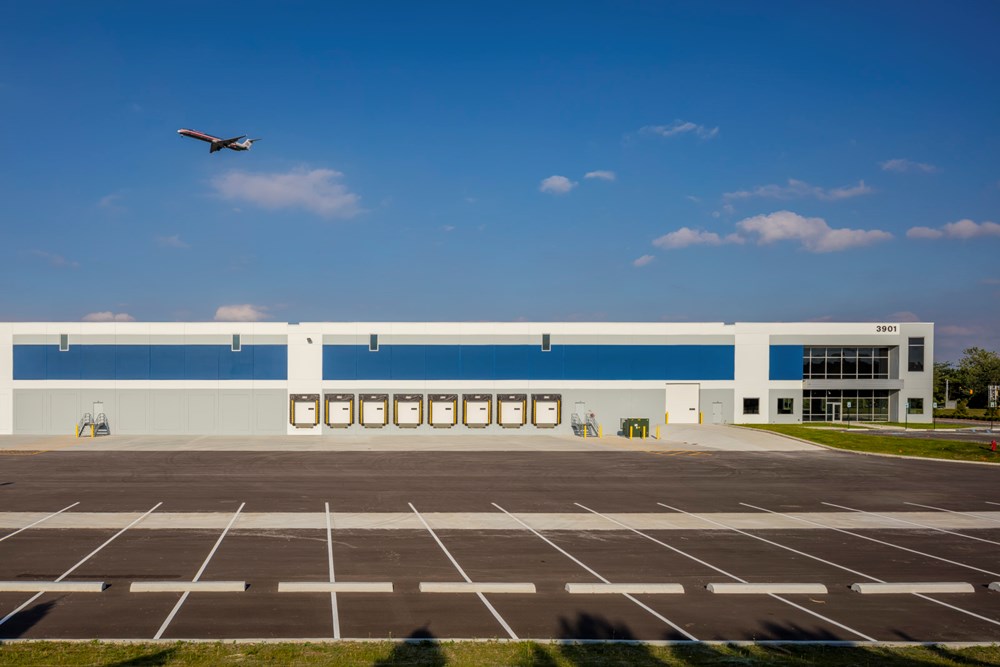Investments to improve our country’s transportation infrastructure have a direct effect on commerce and business. In addition to making businesses more accessible to employees and customers, new bridges and roads greatly reduce logistical costs with regard to mileage, drive time, truck repair and fuel consumption for trucks and delivery vehicles. At Opus, we know that when infrastructure improvements take place, especially in markets with large distribution or logistical needs and close to city centers, it provides the necessary infrastructure that supports business expansion.
The Economics of Logistics
Businesses and their suppliers need to move goods, and there are distinct benefits to doing it more efficiently and cost-effectively. It’s a simple concept with far-reaching implications. In addition to affecting their ability to compete within the U.S., it can have implications for doing business in expanding economies overseas. Transportation infrastructure improvements can significantly reduce shipping costs and increase logistical efficiency for businesses, impacting the bottom line in several ways:
- reach a broader market, leading to increased sales;
- reduce supply chain network costs;
- greater access to labor market;
- provide greater flexibility;
- efficiently source materials from a more diverse set of suppliers; and
- faster product delivery to customers.
For all these reasons, when transportation infrastructure improvements take place, businesses often reconfigure operations and some even change their business models. Many times this warrants developing smaller facilities closer to urban districts or larger centralized distribution buildings to accommodate growth.
Embracing Opportunity in Louisville
River bridges are among the most striking examples of how transportation infrastructure improvements can spur development. Commencing in 2013, Kentucky and Indiana joined together to construct, two new bridges over the Ohio River connecting Southern Indiana to Louisville, Kent. The Downtown Crossing will complement an existing bridge and further improve safety and alleviate traffic flow. The East End Crossing will provide quick easy access to eastern Louisville and complete the highway loop surrounding the city. With a price tag of $2.3 billion, the bridges are not only changing the landscape, but the economic outlook for the city and neighboring Southern Indiana.
With its central U.S. location, Louisville is home to the UPS Worldport Air Hub, which enables expedited and overnight shipping of goods virtually anywhere. As a direct result of bridge construction and better access to the UPS hub and the city center, Southern Indiana’s industrial sector is rapidly expanding. For example, in the bustling, 6,000 acre River Ridge Commerce Center in Jeffersonville, Ind., we’re developing a large 426,450-square-foot spec industrial warehouse. The expansive building will help to meet the area’s increased demand for commerce and distribution warehouse space. Situated on nearly 25 acres, this development will provide single or multiple tenants with quick and easy access to Highway 265 and the UPS Worldport Air Hub via one of the two river bridges. It is scheduled for completion in November 2016 which coincides with the completion of the river bridge project.
The Louisville bridges are prime examples of the dramatic effect infrastructure improvements can have on the economy of an area. Proximity to the UPS Worldport Air Hub is a huge driver, and access enabled by the bridges is making the entire Louisville marketplace even more attractive to businesses.
Expanding in Kansas City
In response to increasing rail-truck freight volumes, in late 2013, the BNSF Railway opened a new $250 million intermodal facility in Edgerton, Kan. Located along BNSF’s transcontinental main line between Chicago and the ports at Los Angeles and Long Beach, Calif., it’s an expansive operation covering more than 440 acres with room to expand.
Container lifts at the facility are currently at 500,000. Within 20 years, container lifts are projected to triple to 1.5 million-lift capacity. As a direct result, 100 million square feet of new industrial space is expected to be developed within a 350-mile radius. In addition to land surrounding the facility, developers are acquiring master-planned industrial land in nearby cities, including Olathe, Kan., where we’ll soon begin construction on 56 Commerce Center, a 52-acre industrial development.
DRIVE Bill Supports Progress
There is no question that investments in heavy infrastructure have a direct impact on commerce, the economy and commercial real estate development. The U.S. government has come to understand this with the passage of the DRIVE bill (Developing a Reliable and Innovative Vision for the Economy). It’s a bipartisan, multi-year program to support modernizing the nation’s infrastructure and transportation systems. The bill reverses the trend of short-term, temporary fixes or “patches,” as more significant improvements are needed for the long-term. It is a six-year highway authorization that will allow planning for important long-term projects around the country, providing three years of guaranteed funding for the highway trust fund.
The investments in bridges and rail systems in Louisville and Kansas City are great examples of how transportation infrastructure improvements can boost local and national economies. Business owners understand this and want to take advantage of the many benefits of improved logistics, including sales growth. We’re supporting this progress by proactively creating destinations for industrial commerce in and around areas where infrastructure improvements are planned.



